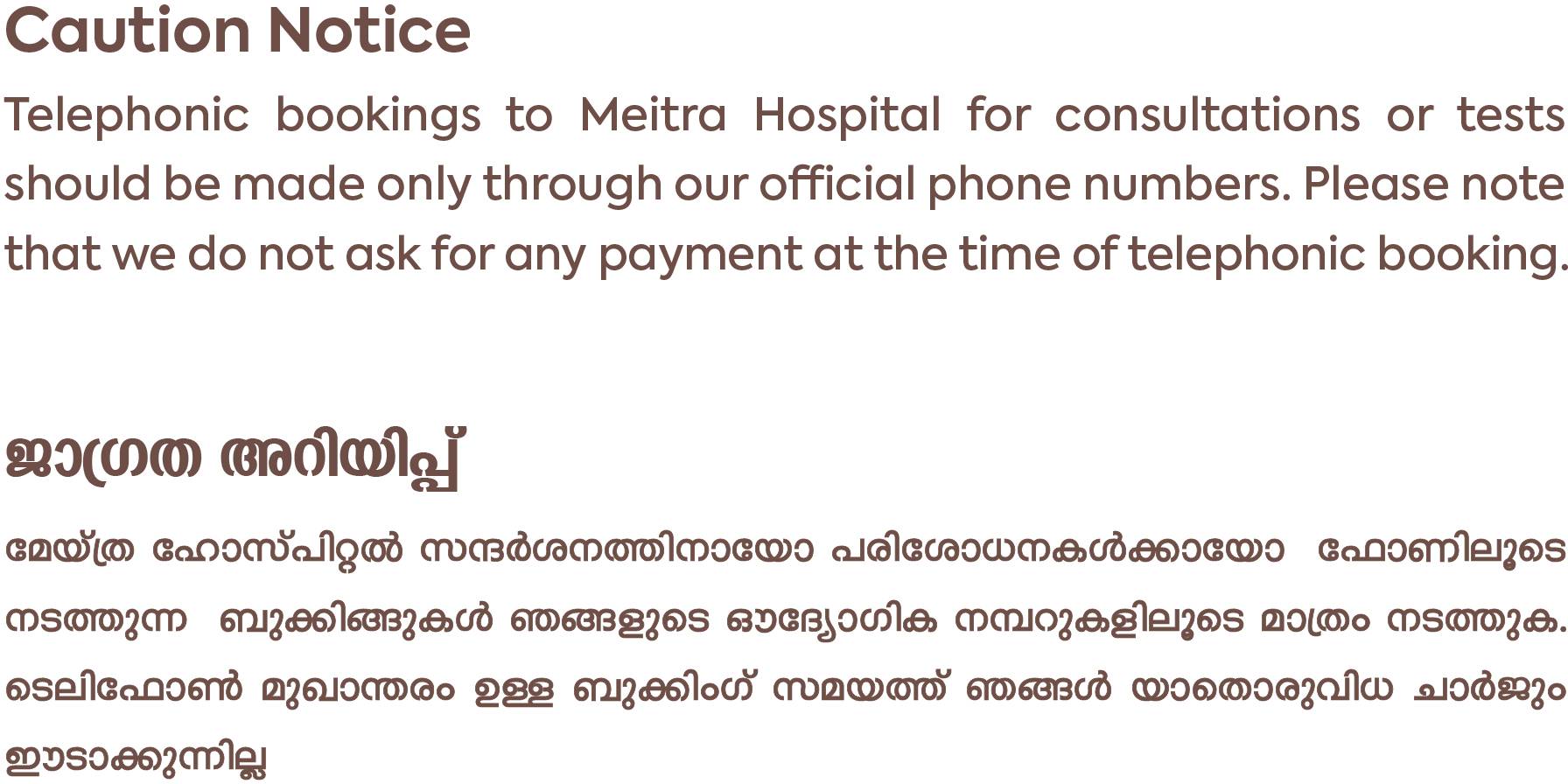- Our Doctors
- Our Specialities
Centres of Excellence
-
 Centre for Blood Diseases, BMT & Cancer Immunotherapy
Centre for Blood Diseases, BMT & Cancer Immunotherapy -
 Centre for Bone, Joint & Spine
Centre for Bone, Joint & Spine -
 Centre for Critical Care Medicine and ECMO Services
Centre for Critical Care Medicine and ECMO Services -
 Centre for Gastrosciences
Centre for Gastrosciences -
 Centre for Heart & Vascular Care
Centre for Heart & Vascular Care -
 Centre for Nephro-Urosciences
Centre for Nephro-Urosciences -
 Centre for Neurosciences
Centre for Neurosciences -
 Centre for Obstetrics and Gynaecology
Centre for Obstetrics and Gynaecology -
 Centre for Organ Transplantation
Centre for Organ Transplantation
Super Speciality
-
 Advanced Diagnostic and Interventional Radiology
Advanced Diagnostic and Interventional Radiology -
 Anesthesiology & Pain Management
Anesthesiology & Pain Management -
 Clinical Nutrition and Dietetics
Clinical Nutrition and Dietetics -
 Dental and Maxillofacial Surgery
Dental and Maxillofacial Surgery -
 Dermatology
Dermatology -
 Emergency and Trauma
Emergency and Trauma -
 Endocrinology and Metabolic Disease
Endocrinology and Metabolic Disease -
 ENT and Head & Neck Surgery
ENT and Head & Neck Surgery -
 Family Medicine
Family Medicine -
 General and Laparoscopic Surgery
General and Laparoscopic Surgery -
 General Medicine
General Medicine -
 GI Onco Surgery
GI Onco Surgery -
 GI Oncology
GI Oncology -
 GI Surgery, Advanced Laparoscopy and Gastro Oncosurgery
GI Surgery, Advanced Laparoscopy and Gastro Oncosurgery
-
- Key Procedures
- Our Hospitals
- International Patient
- Contact us
-
Quick Links


Non-Surgical Valve Replacements
One important reason to track any possible valve disease-related symptoms and get regular check-ups – especially as we age – is to ensure any developing valve problems can be identified and treated as soon as possible.
Medications can be prescribed to increase the heart’s ability to pump blood which may help compensate for a valve that isn’t working correctly. However, a diseased heart valve is a mechanical problem that can’t be fixed with medication alone.
Breakthrough valve replacement treatments offer non-surgical and minimally invasive options to treat heart valve disorders using catheters.
1. Transcatheter Aortic Valve Replacement (TAVR)
Transcatheter Aortic Valve Replacement (TAVR) also known as percutaneous aortic valve implantation, transcatheter aortic valve implantation is the replacement of the aortic valve of the heart through the blood vessels. This is a procedure that replaces a diseased aortic valve with a man-made valve.
How and why is it done?
TAVR is a newer, minimally invasive approach for treating aortic valve disease. During transcatheter aortic valve replacement, thin tubes called catheters are inserted through an artery in the leg to reach the heart.
TAVR can help restore blood flow and reduce the signs and symptoms of aortic valve stenosis such as chest pain, shortness of breath, fainting, and fatigue. This surgery is an alternative to open-heart aortic valve replacement surgery. Patients undergoing TAVR often have a shorter hospital stay than those who have conventional surgical aortic valve replacement.
2. Transcatheter Mitral Valve Replacement (TMVR)
Transcatheter Mitral Valve Replacement is a type of mitral valve replacement and repair surgery that allow cardiologists to treat severe mitral regurgitation or mitral stenosis without surgery. Using a catheter (a thin, flexible tube) inserted in a vein in your groin and expert imaging, your cardiologist guides a new valve to your heart. There it is placed in your existing mitral valve.
3. Transcatheter Pulmonary Valve Replacement (TPVR)
Transcatheter pulmonary valve replacement is a minimally invasive treatment for some children and adults with congenital heart disease. It replaces leaky or narrowed pulmonary valves to improve blood flow, with fewer incisions and faster recovery than open surgery. TPVR can delay or reduce the number of surgeries needed to maintain heart health.
4. Mitral Valve Replacement (MVR)
Mitral Valve Repair and Mitral Valve Replacement are types of surgery to fix or replace a leaky or stiff mitral valve in the heart. The mitral valve is between the left heart chambers (left atrium and left ventricle). Mitral valve repair and mitral valve replacement may be done as an open-heart surgery procedure or as minimally invasive heart surgery.
Sometimes a mitral valve problem may be treated with a catheter-based procedure. The specific procedure used depends on the severity of your mitral valve disease and whether it's getting worse.
Meet Our Doctors
Experienced Medical professionals for a superior patient experience.
Dr. Shafeeq Mattummal
Chair & Senior Consul...
Centre for heart & vascular ca...
View Profile Book an AppointmentDr. Anil Saleem
HOD & Senior Consulta...
Centre for heart & vascular ca...
View Profile Book an AppointmentFrequently Asked Questions
How long does TAVR surgery take?
A TAVR procedure takes about 90 minutes to complete, whereas open heart surgery typically takes 4-to-6 hours. With TAVR, patients recover faster than they would after a traditional open-heart valve replacement.
Is TAVR better than open-heart surgery?
A multicentre clinical trial has found that transcatheter aortic valve replacement (TAVR) performed better than open-heart surgery in low-risk patients with severe aortic stenosis.
Who is considered high risk for TAVR?
TAVR is currently approved for high-risk patients, which can include people in their 80's, and people with severe diseases like heart failure and lung disease.

 +91 9393 108 108
+91 9393 108 108






















































